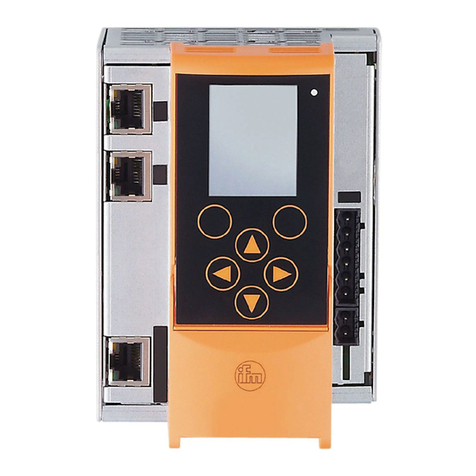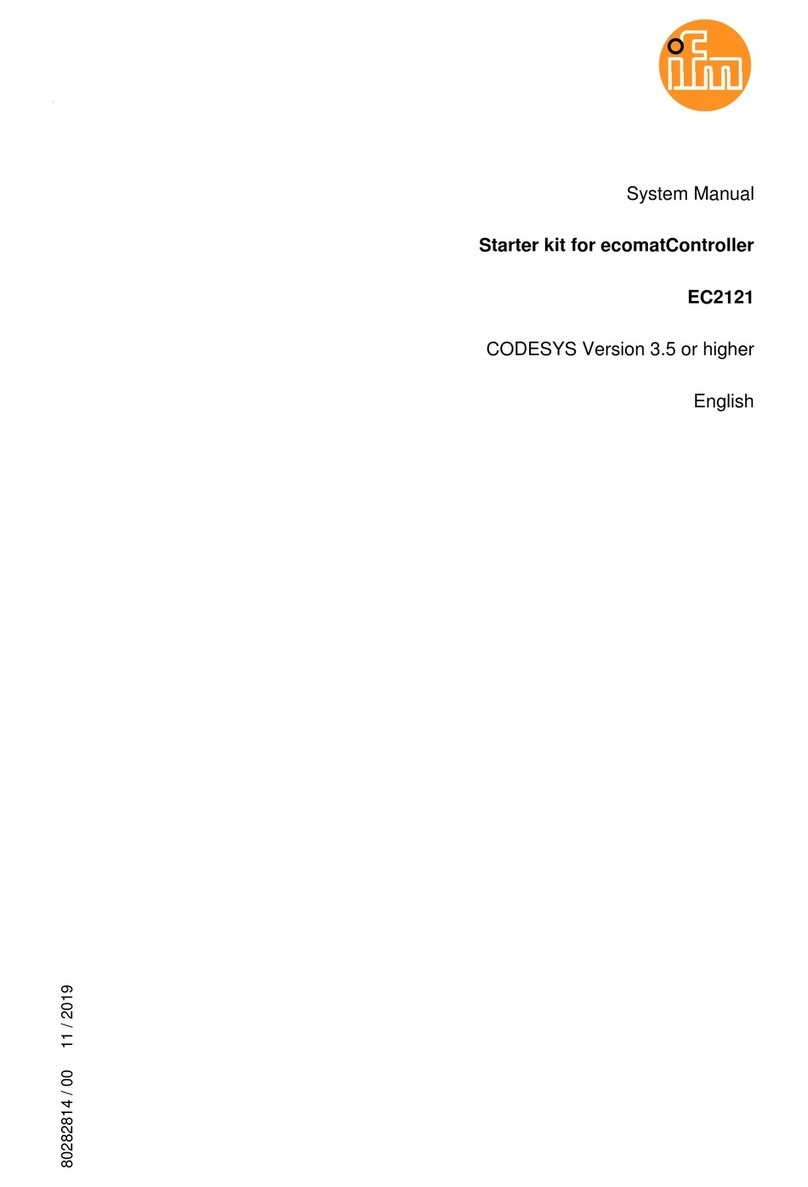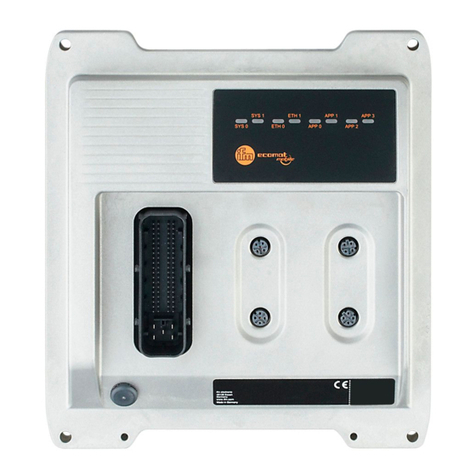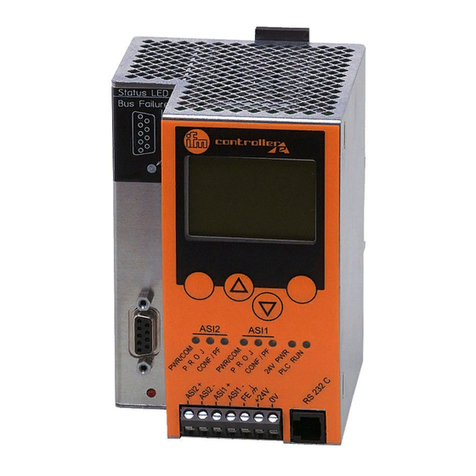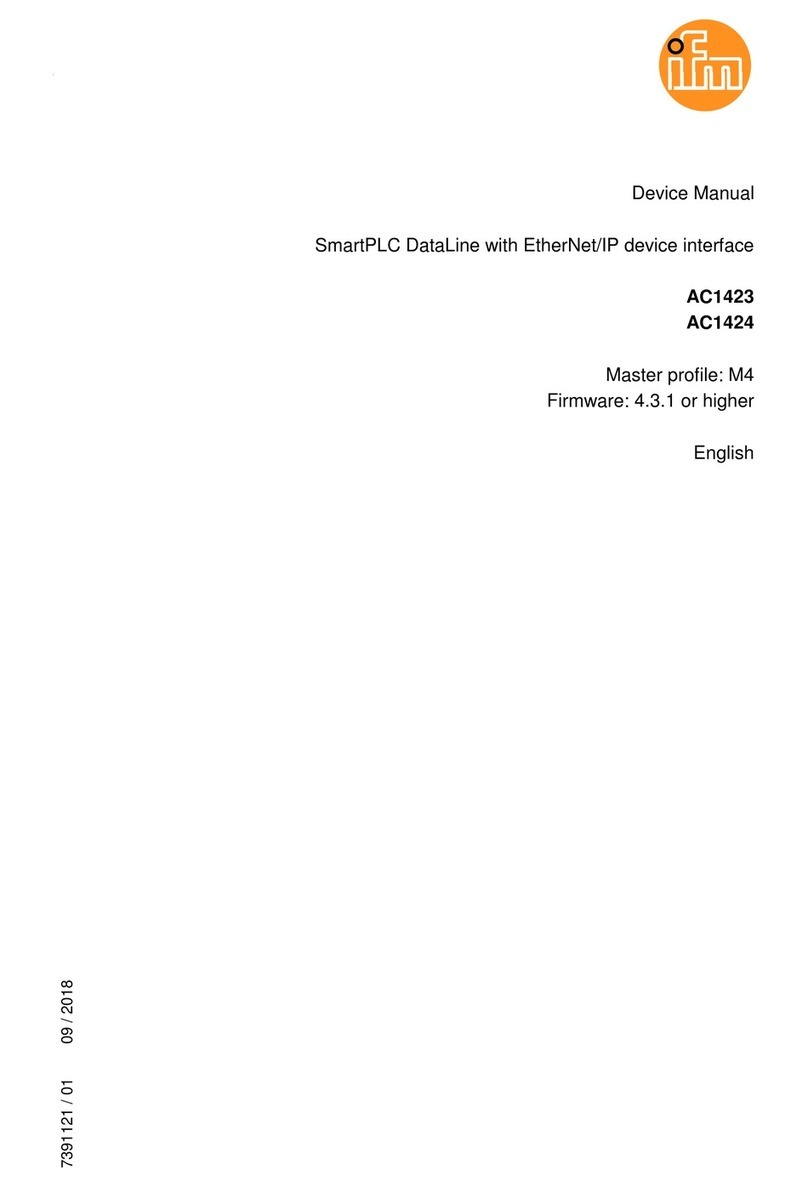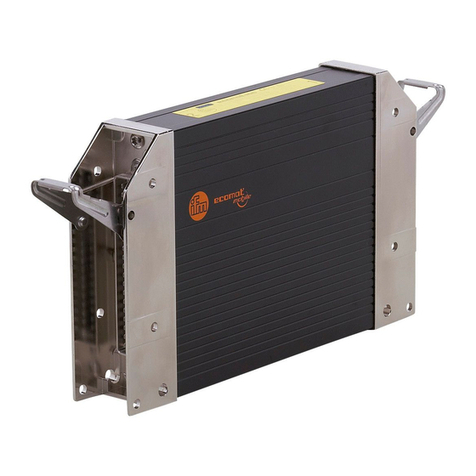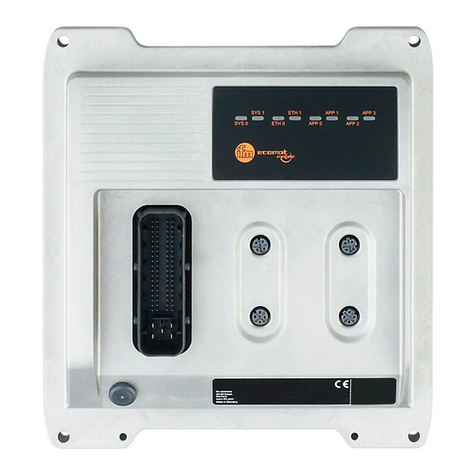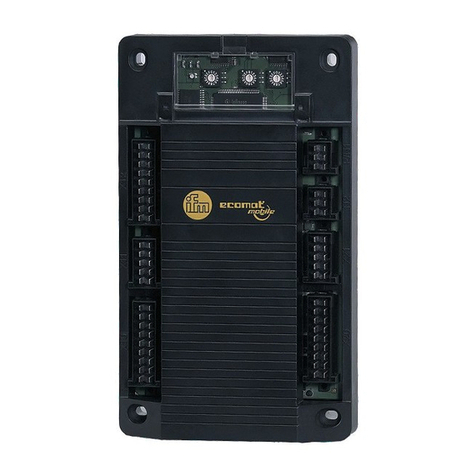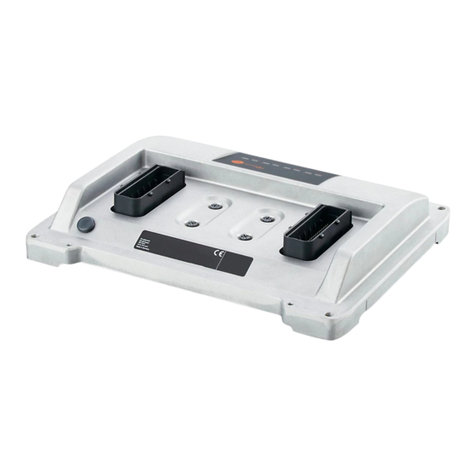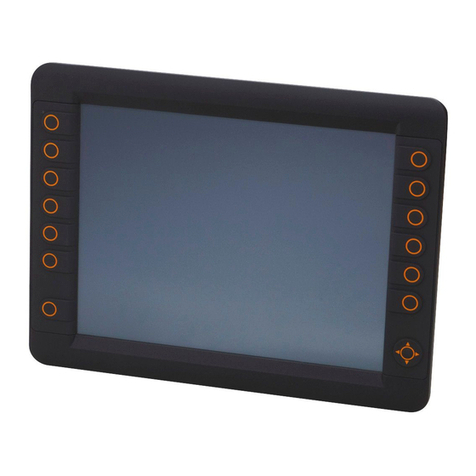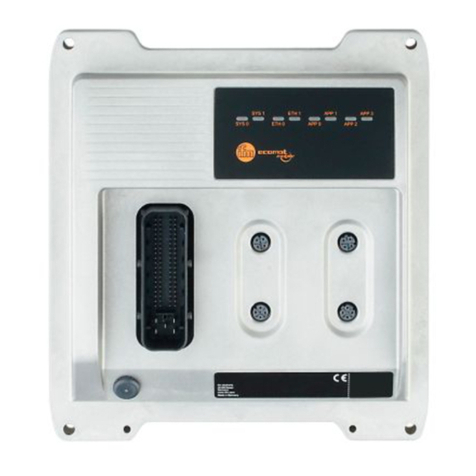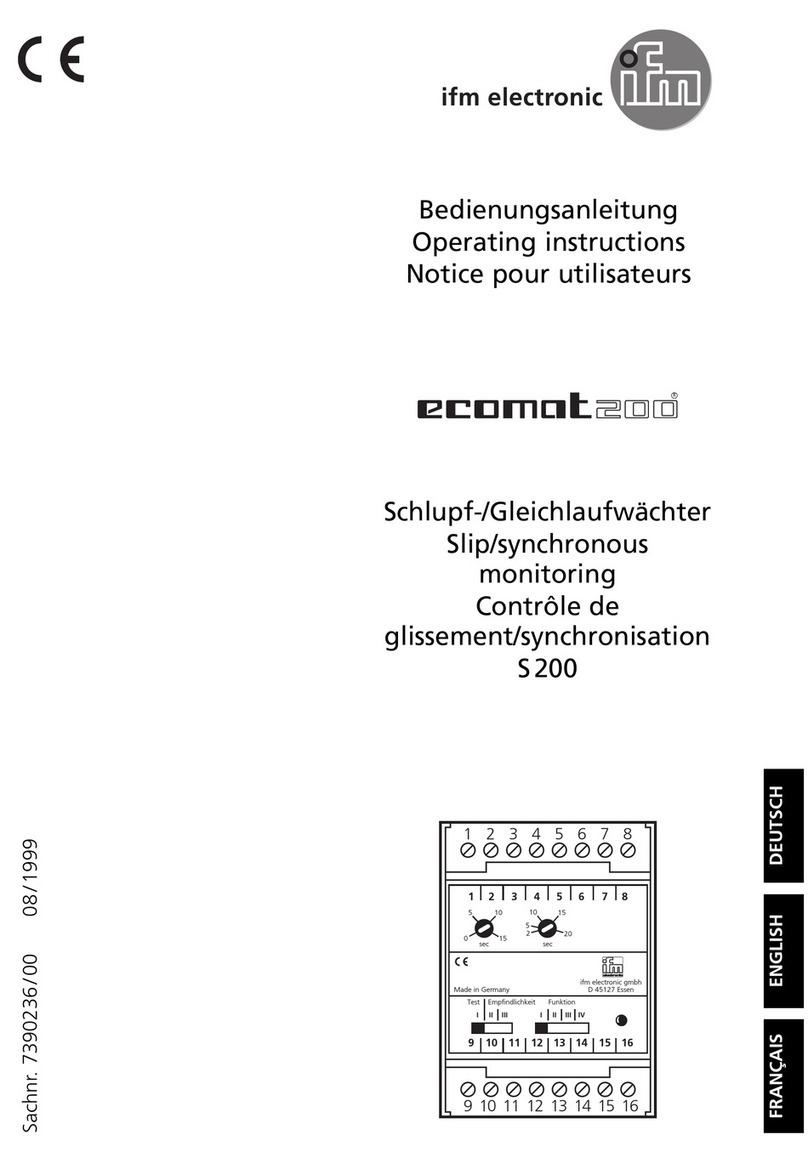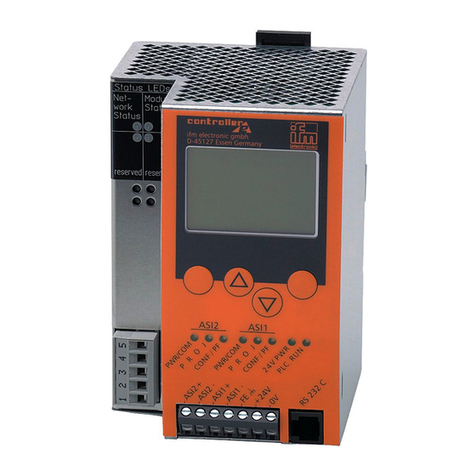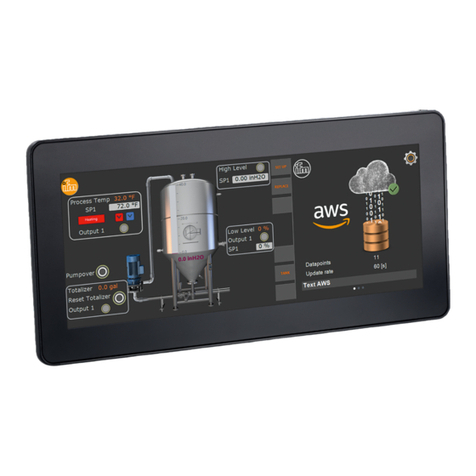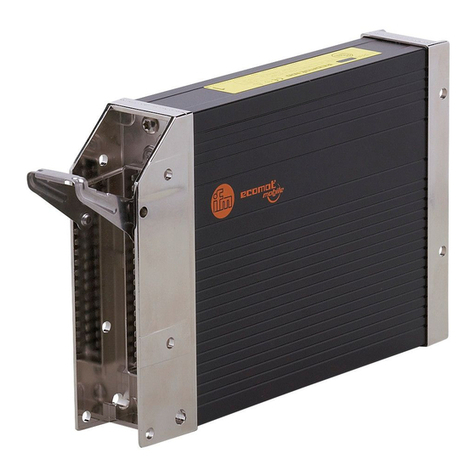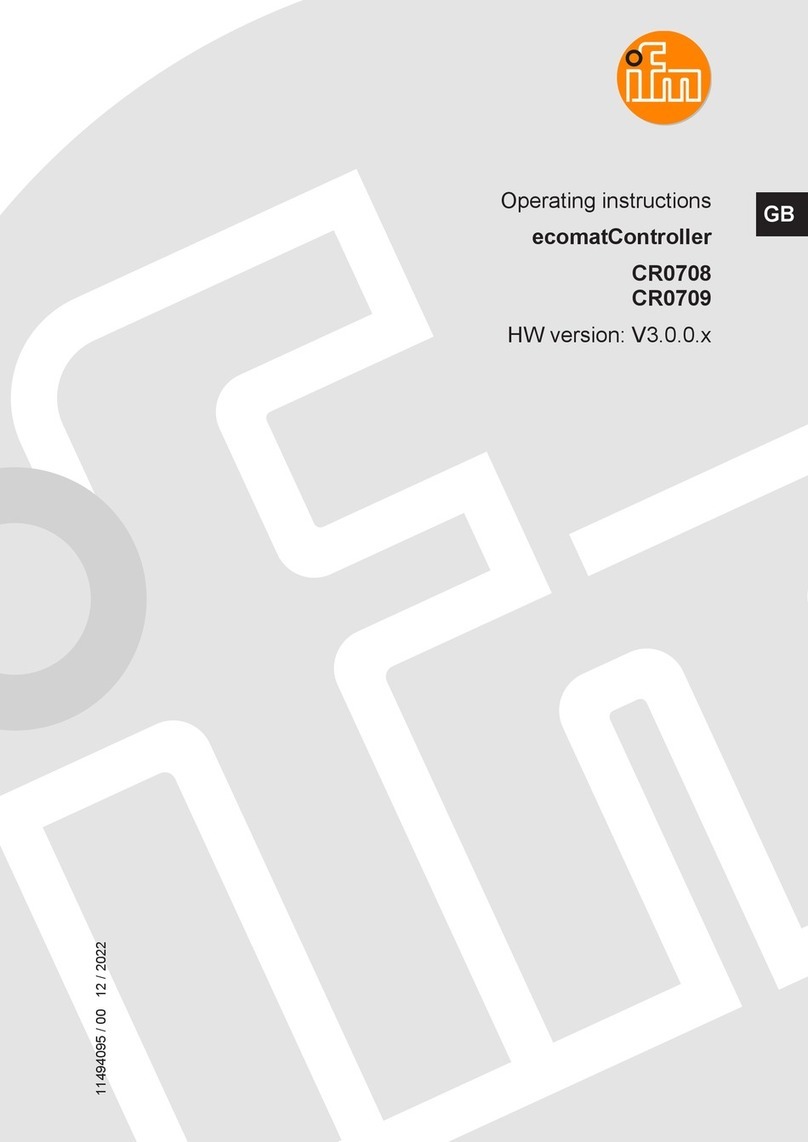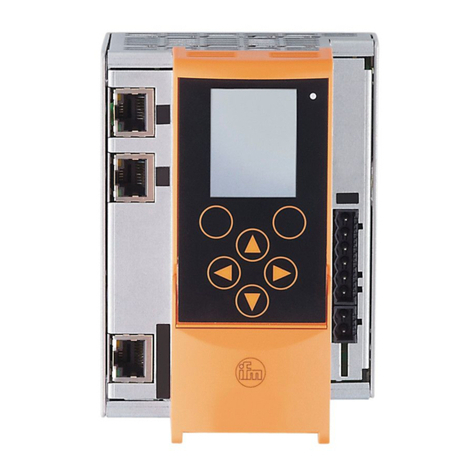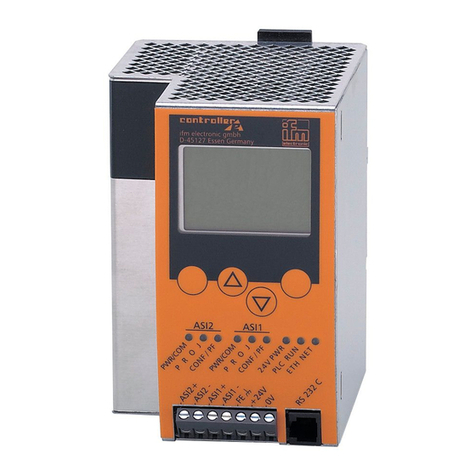
page 8
1.4. Technical data
Housing: closed, screened metal housing with flange fastening
Housing dimensions: 225 x 153 x 43 mm (WxHxD), without connector
240 x 153 x 43 mm (WxHxD), with connector
Mounting position: preferably vertical, alternatively horizontal
Connection of the unit: 55-pin connector, latched, protected against reverse polarity,
AMP pr Framatom type housing with crimp connection contacts
AMP junior timer 0.5/2.5 mm2
Operating temperature: -30°C ... +75°C
Storage temperature: -40°C ... +90°C
Protection rating: IP67 (protection for connector, depending on cable version)
Protection class: III
Air humidity: ≤90% rel. air humidity, non-condensing
Supply voltage: UB nominal 12 or 24 V DC (-10% ... +25%)
See type label (reverse polarity protection through connector)
residual ripple: ≤1.5 Vpp, f ≤ 50Hz
reset in case of undervoltage 12 V unit: ≤ + 9.6 V
reset in case of undervoltage 24 V unit: ≤ +12.0 V
overvoltage 12 V unit: ≤ + 17.5 V for t ≤ 10s
overvoltage 24 V unit: ≤ + 36.0 V for t ≤ 10s
Power consumption: ≤ 400 mA, without external load
Processor: CMOS microcontroller C 167C
Display: two-colour-LED red/green for indication of status and error
Device monitoring: 8-bit microcontroller to monitor the C 167C (extended watchdog
function)
check sum test for program and system
under and overvoltage monitoring, excess temperature
monitoring
Memory: 256 kByte program memory
64 kByte data memory (volatile)
with 1 kByte data memory protected against voltage failure
(256 Byte auto-save)
Interface: CAN, Version 2.0 B (ISO/DIS-11898), 10 ... 1000 kBaud
protocol: CANopen or free communication profile
device class: CANopen master/slave; CAN: FullCAN
serial interface RS 232 C, 9,6 kBaud
number of participants: 2 (master/slave)
